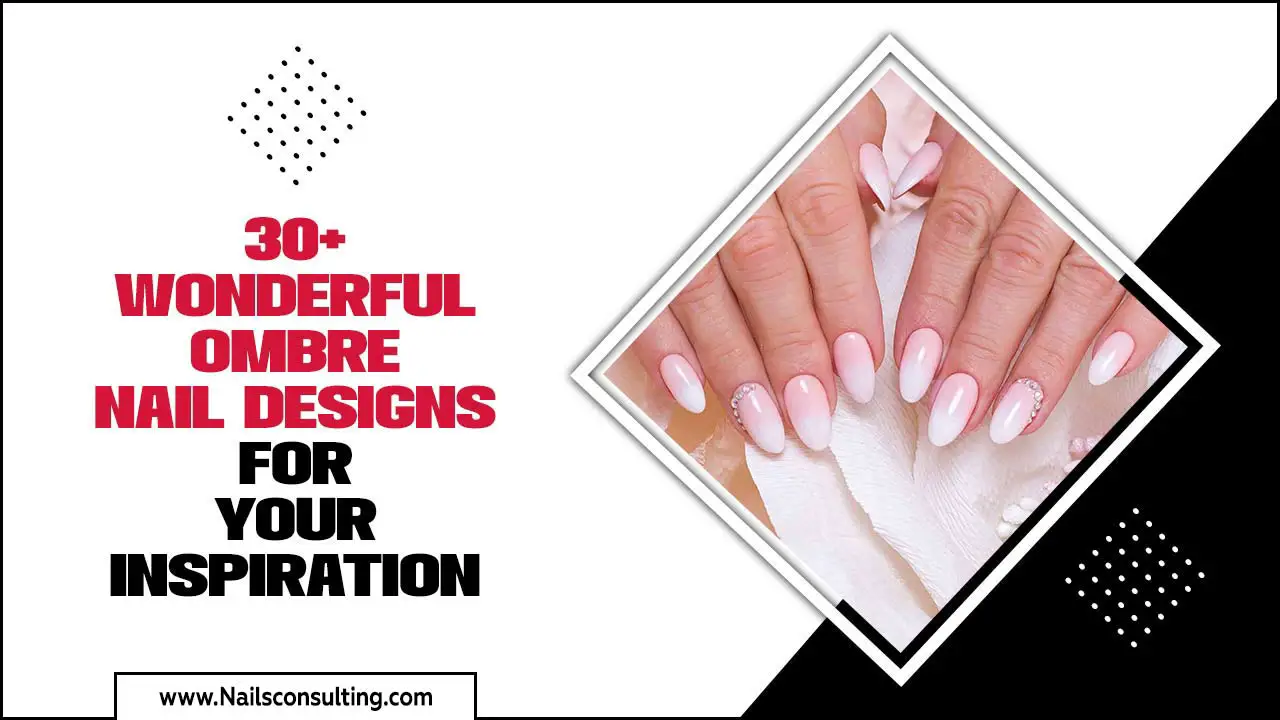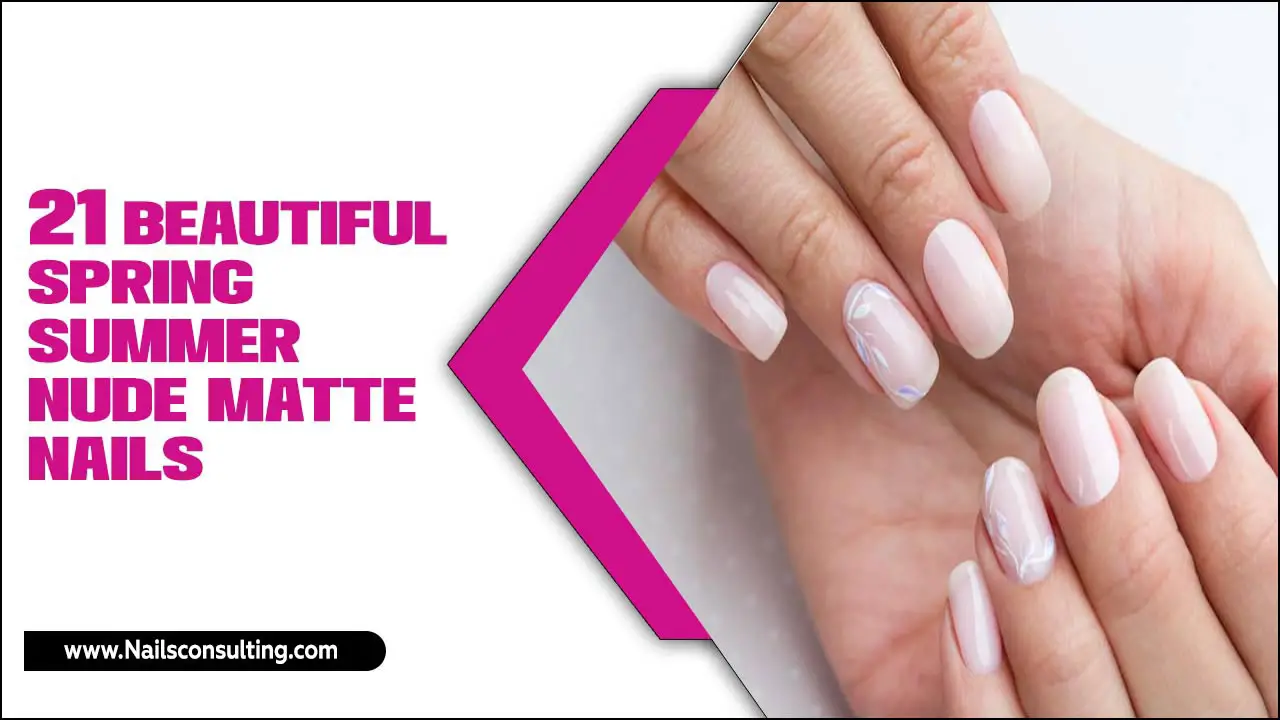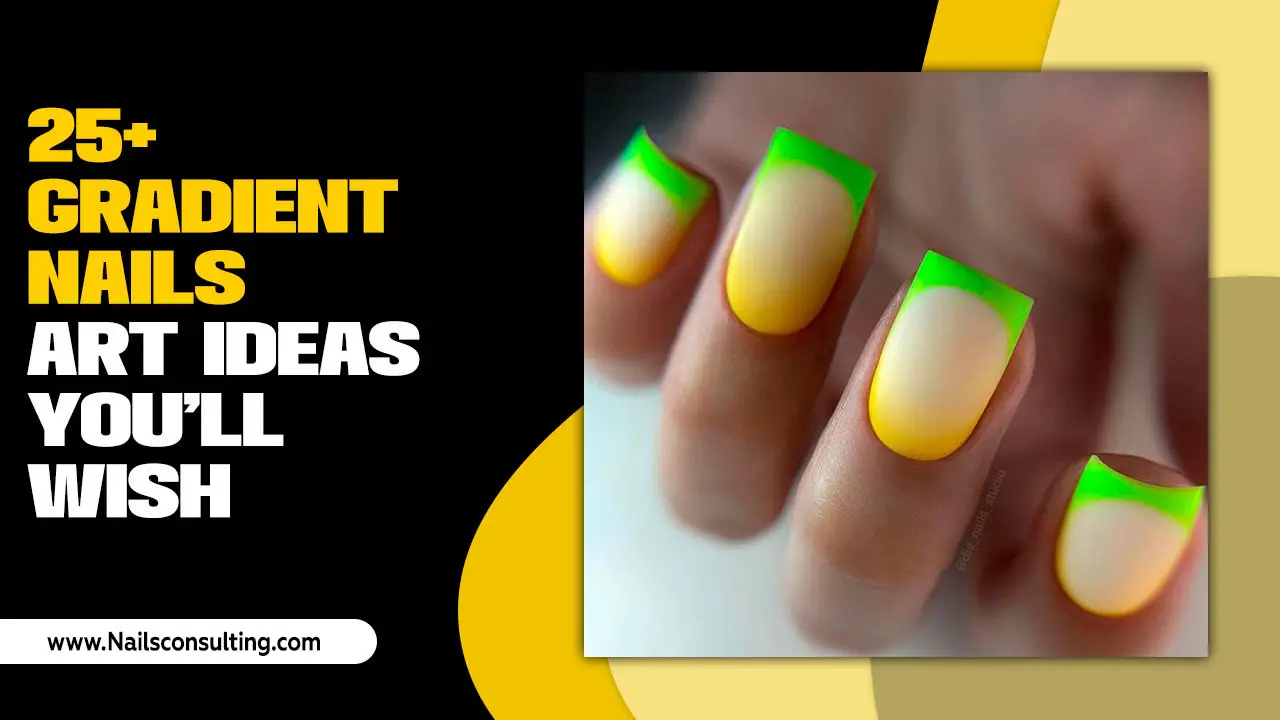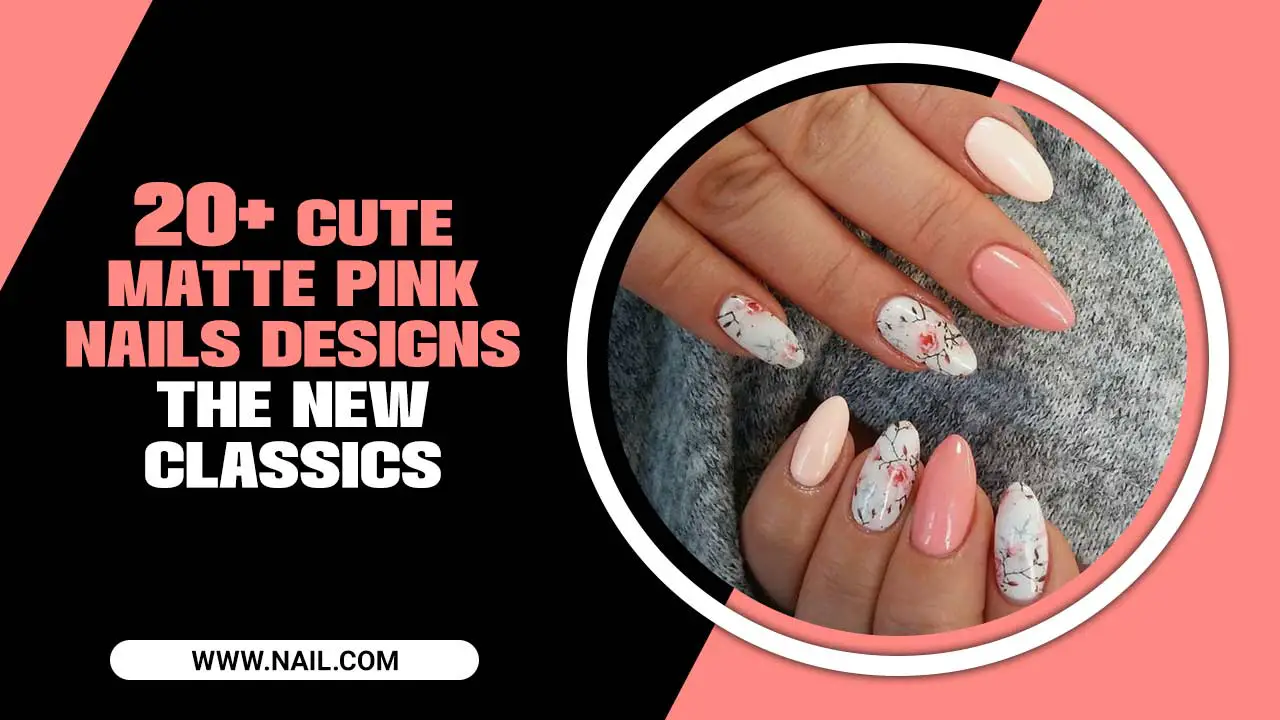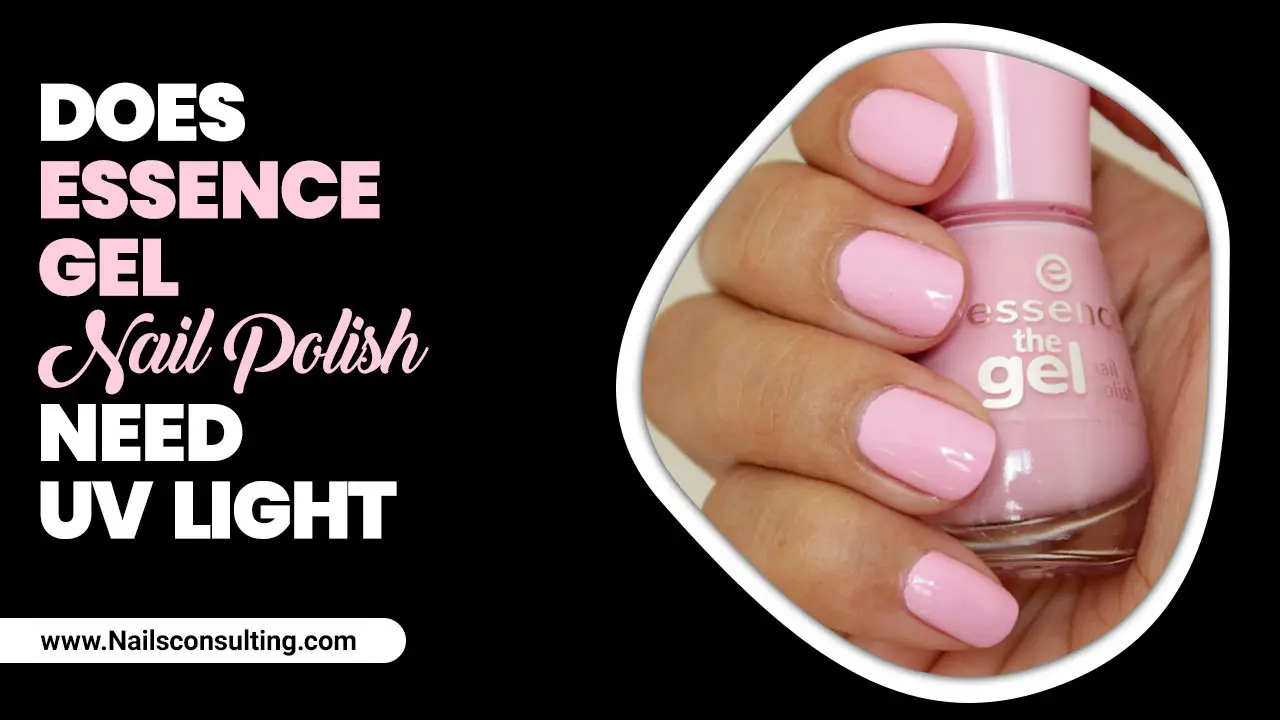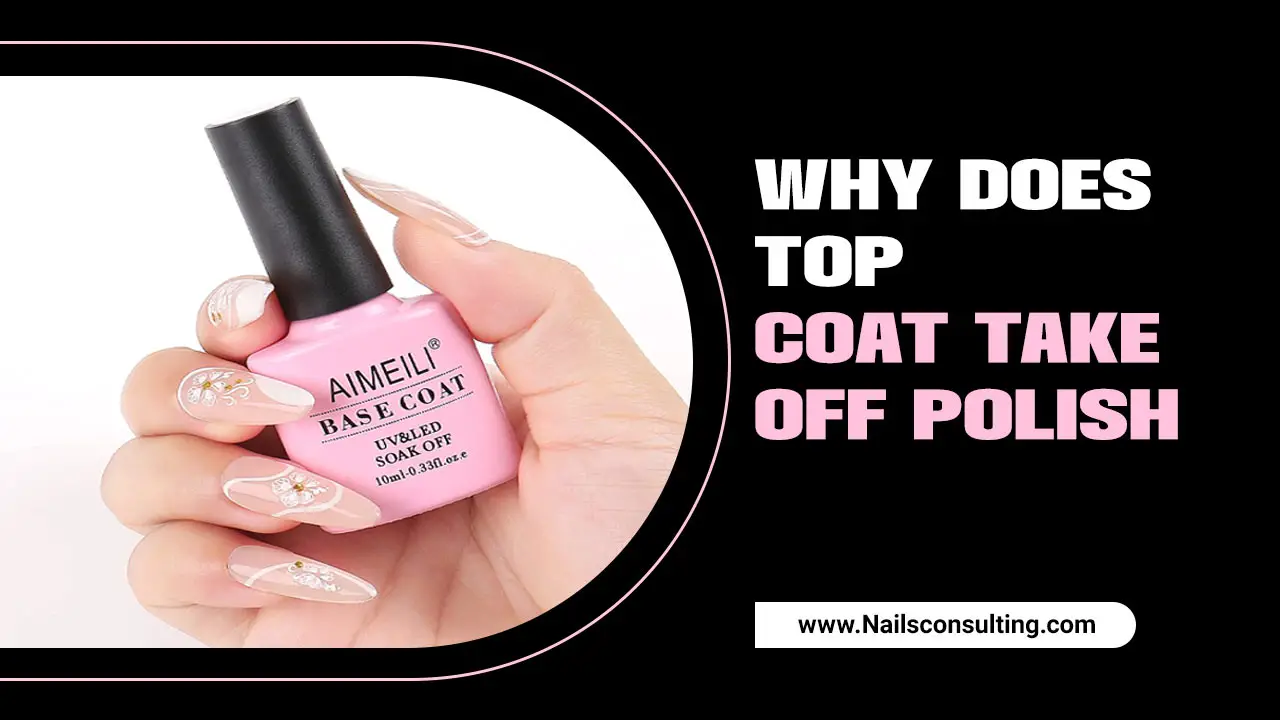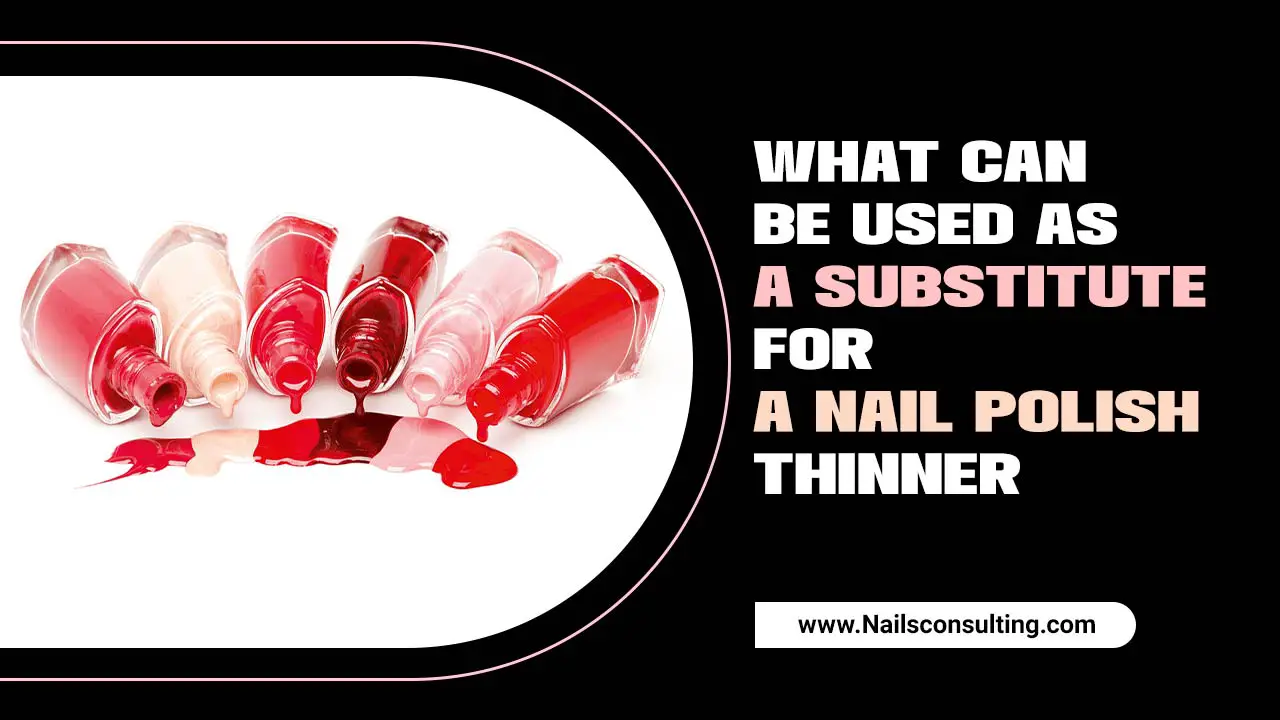Maintaining well-groomed nails has become a significant part of our beauty routine. From regular manicures to experimenting with different nail art designs, we constantly look for ways to elevate our nail game.
However, one common question is whether or not to buff our nails before applying polish. Some claim that buffing helps achieve a smooth and flawless nail surface, while others argue that it can cause damage and weaken the nails.
Here, we will dive into nail buffing, discussing its purpose, benefits, potential risks, and how to properly buff your nails before applying polish. Review: We will also provide a step-by-step guide on achieving a smooth and even nail surface, along with various types of nail buffers and their uses. We will also discuss whether should i buff my nails before polish.
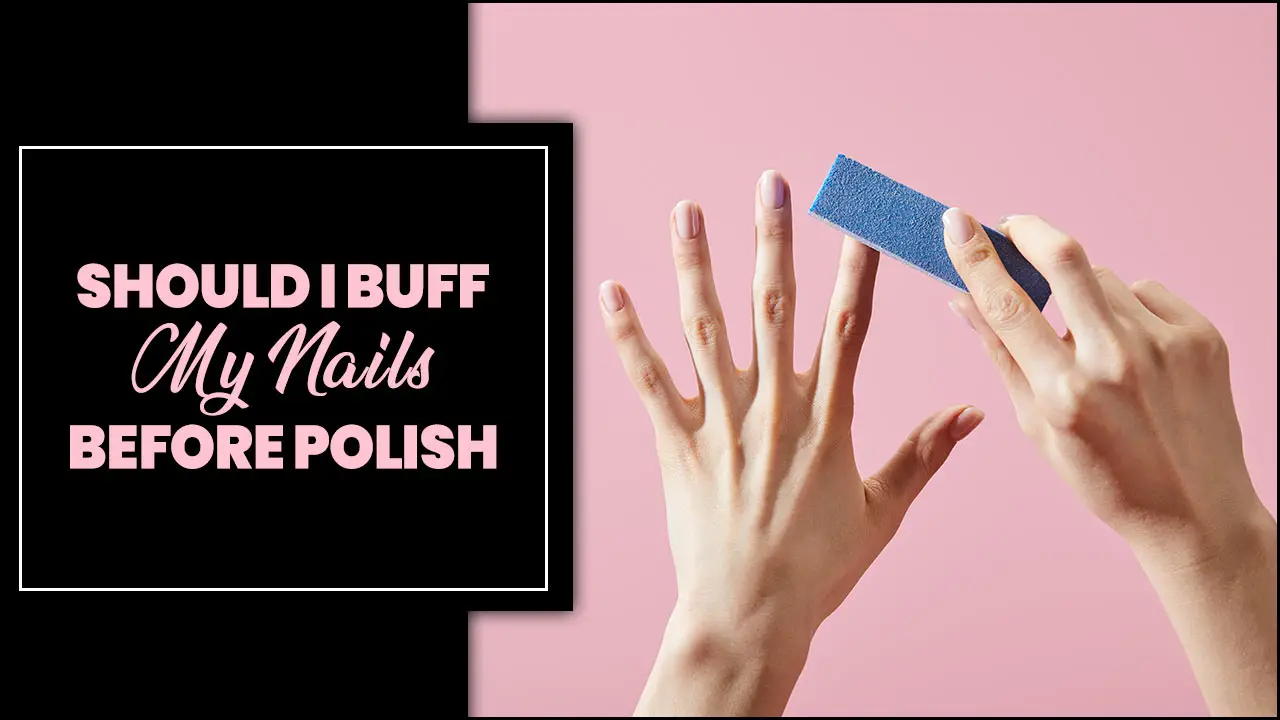
The Purpose Of Buffing Nails Before Applying Polish
Buffing nails before applying polish serves several important purposes. Firstly, it prepares the nail surface by creating a smooth canvas for better polish adhesion. It also helps to smooth out any imperfections on the nail, ensuring a flawless finish.
Additionally, buffing helps to remove old nail polish residue, allowing for a clean slate. Moreover, it enhances the shine and longevity of the polish, resulting in a more polished and professional look. Finally, buffing nails before applying polish creates a smooth base for intricate nail art designs.
Benefits Of Buffing Nails
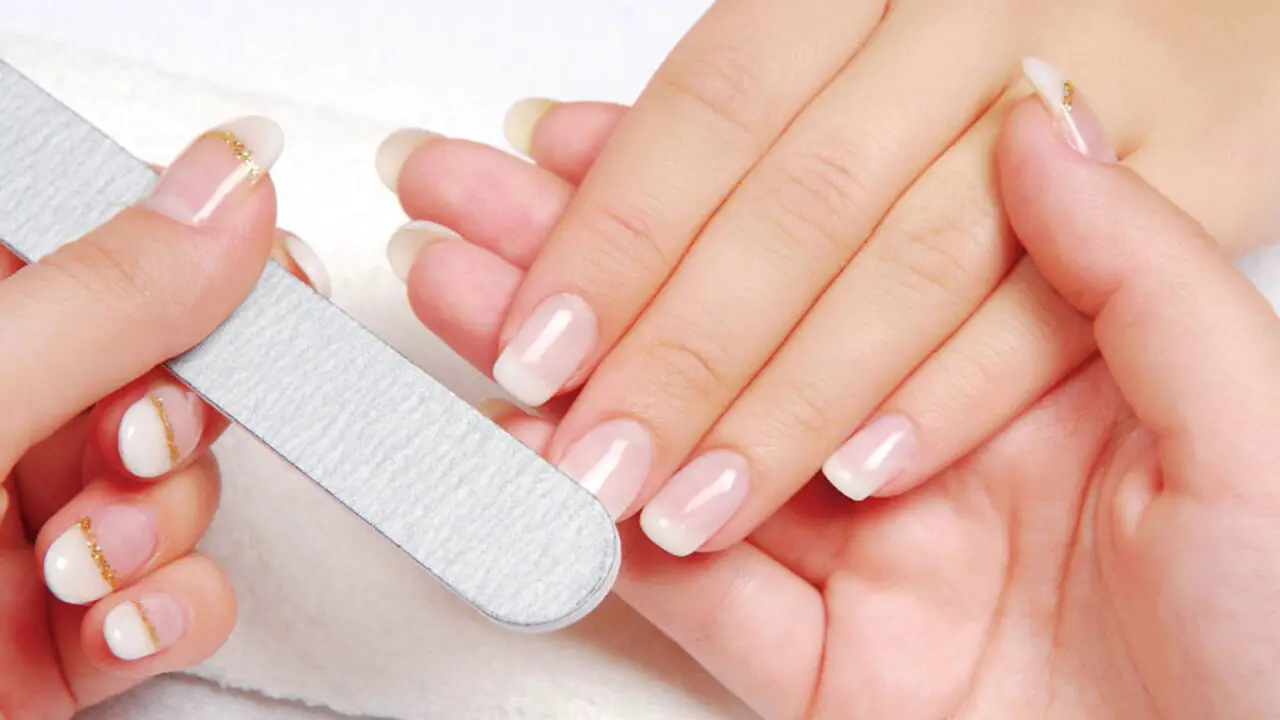
Buffing nails offers several benefits to nail health and appearance. By stimulating blood circulation, it promotes healthy nail growth. Buffing also creates a shiny finish, improving the overall look of your nails. Moreover, it allows polish to adhere more evenly, resulting in a longer-lasting manicure.
Additionally, buffing helps prevent peeling and chipping of the polish while providing a clean surface that reduces the risk of bacterial or fungal infections. Taking care of your nails with regular buffing can greatly enhance their appearance and health.
Potential Drawbacks And Risks Of Buffing Nails
Before buffing your nails for polish, it is important to consider the potential drawbacks and risks involved. While buffing can create a smooth surface for nail polish application, it can also weaken the nails if done too frequently or aggressively.
Over-buffing can thin out the nail plate, making it more prone to breakage and damage. Additionally, excessive buffing can remove the natural oils from the nails, leading to dryness and brittleness. It is crucial to use a gentle touch and avoid buffing too often to protect the health of your nails.
If you have weak or damaged nails, it may be best to skip the buffing step and focus on nourishing and strengthening treatments. Consulting with a professional nail technician can help you determine the best approach for your nail needs.
How To Properly Buff Nails For Polish Application
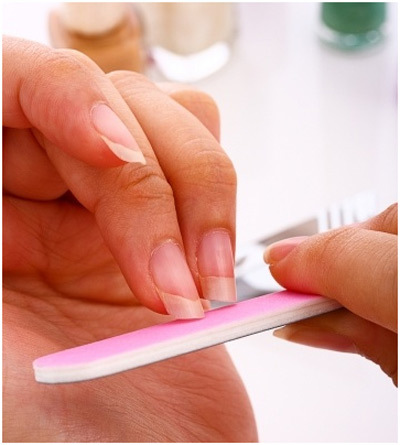
Buffing your nails before applying polish can help create a smooth surface for better adhesion and a longer-lasting manicure. To properly buff your nails, use a nail file to shape them to your desired length and shape. Next, gently buff the surface of each nail using a buffer block or a soft nail buffer. Move the buffer in one direction only to avoid damaging the nail.
This will help remove any ridges or imperfections on the nail surface. After buffing, clean your nails thoroughly to remove any dust or debris. Finally, apply a base coat before applying your nail polish color for a flawless and long-lasting manicure. Remember, proper nail preparation is key to achieving salon-quality results at home.
Should I Buff My Nails Before Polish: Step-By-Step Guide
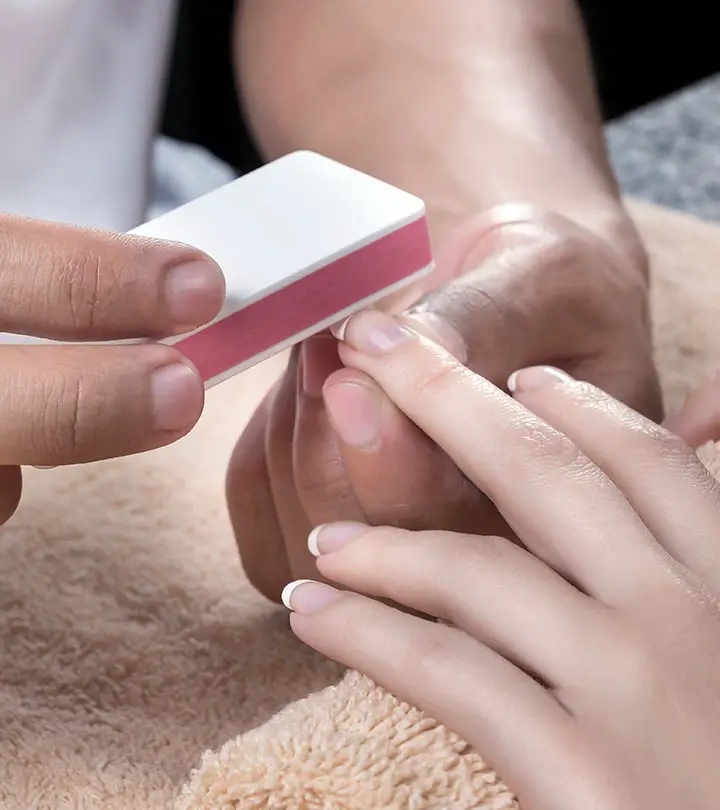
Buffing your nails before applying polish can be a personal preference, but it can also have its benefits. Then, Buffing helps smooth the surface of your nails, allowing the polish to adhere better and last longer. Buffing your nails before applying polish can be a game-changer for a flawless manicure.
By gently buffing the surface of your nails, you are creating a smooth canvas that allows the polish to adhere more evenly and last longer. Remember, it’s important not to over-buff your nails, as this can lead to thinning and weakening of the nail plate. It’s also recommended only to buff once every few weeks to avoid excessive damage. Here is a step-by-step guide on should i buff my nails before polish:
1.Start With Clean, Dry Nails
Before applying polish to your nails, starting with clean and dry nails is important. This will ensure that the polish adheres properly and lasts longer. Begin by removing any old polish using a gentle nail polish remover. Then, wash your hands thoroughly with soap and water to remove dirt or oils from your nails.
You can apply your desired polish color once your nails are clean and dry. Remember to apply thin, even coats and allow each coat to dry completely before applying the next one. You can achieve a flawless and long-lasting manicure by starting with clean, dry nails.
2.Choose The Right Buffer

When applying nail polish, buffing your nails beforehand can be a helpful step in achieving a smooth and long-lasting manicure. However, it is important to choose the right buffer for this task. A soft or fine-grit buffer is recommended, as it gently smooths out any ridges or imperfections on the nail’s surface without causing damage.
Avoid using a coarse or heavy-grit buffer, which can thin out the nails and make them more prone to breakage. By selecting and using the appropriate buffer correctly, you can create a perfect canvas for your nail polish application and ensure that your manicure looks flawless.
3.Shape Your Nails
Before applying nail polish, it is important to shape your nails. This step helps to create a clean and polished look and can also help the nail polish adhere better to the nails. Several nail shapes include square, round, oval, and almond.
The best shape for you will depend on your personal preference and the length and shape of your natural nails. To shape your nails, use a nail file to shape the edges of your nails gently. Be sure to file in one direction to prevent nail splitting or damage. Once you achieve the desired shape, apply your favorite nail polish color.
4.Buff In One Direction
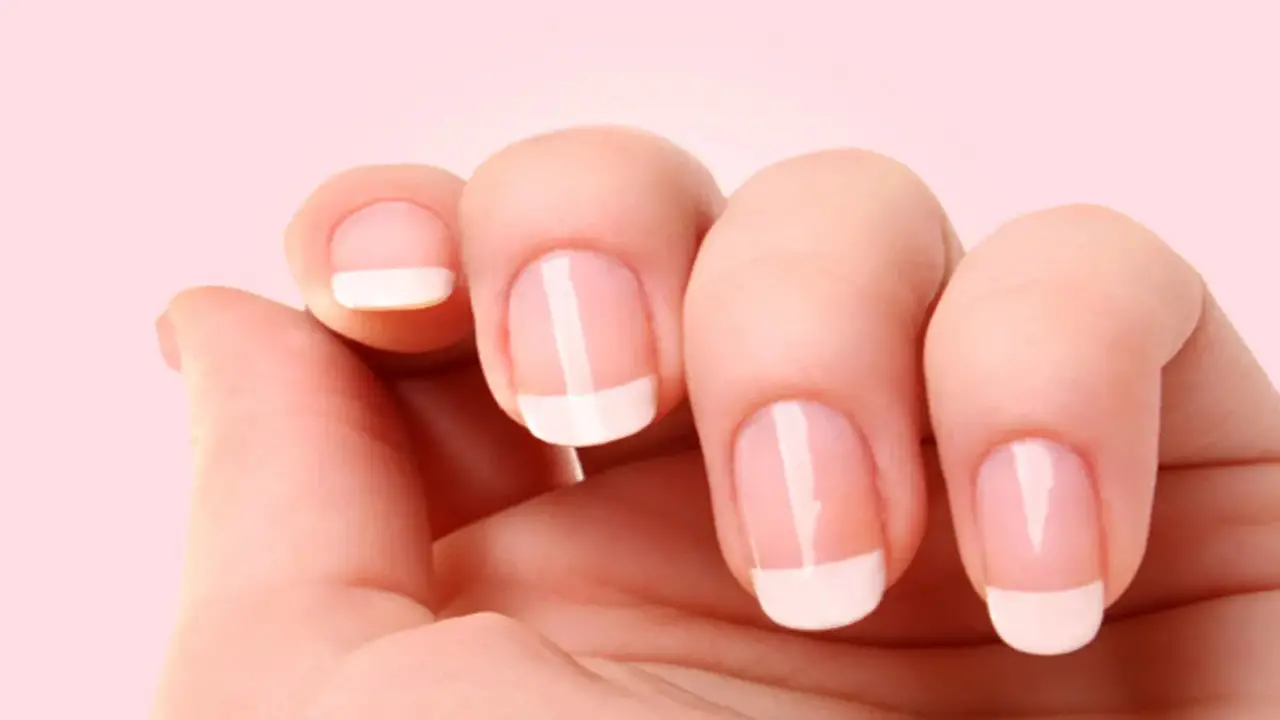
When prepping your nails for polish, buffing can be a helpful step. Buffing your nails’ surface can help smooth out any ridges or imperfections, creating a smooth canvas for your polish. However, it is important to buff in one direction to avoid causing damage to your nails.
Gently buffing in one direction creates a smoother surface without weakening or thinning your nails. This will help your polish adhere better and last longer, giving you a flawless manicure. So remember, when it comes to buffing your nails before polishing, one direction is the way to go.
5.Smooth Out Ridges
Buffing your nails before applying polish can be a helpful step in achieving a smooth, flawless manicure. By gently buffing the surface of your nails, you can smooth out any ridges or imperfections, creating a more even base for your polish. This can help the polish adhere better to your nails, resulting in a longer-lasting manicure.
However, it’s important to remember that excessive buffing can weaken your nails over time, so it’s best to only lightly buff and avoid aggressive filing. Additionally, if you have thin or weak nails, it may be best to skip the buffing step altogether to avoid causing further damage. Ultimately, the decision to buff your nails before polish is a personal preference and depends on the condition of your nails and the desired outcome of your manicure.
Tips For Achieving A Smooth And Even Nail Surface
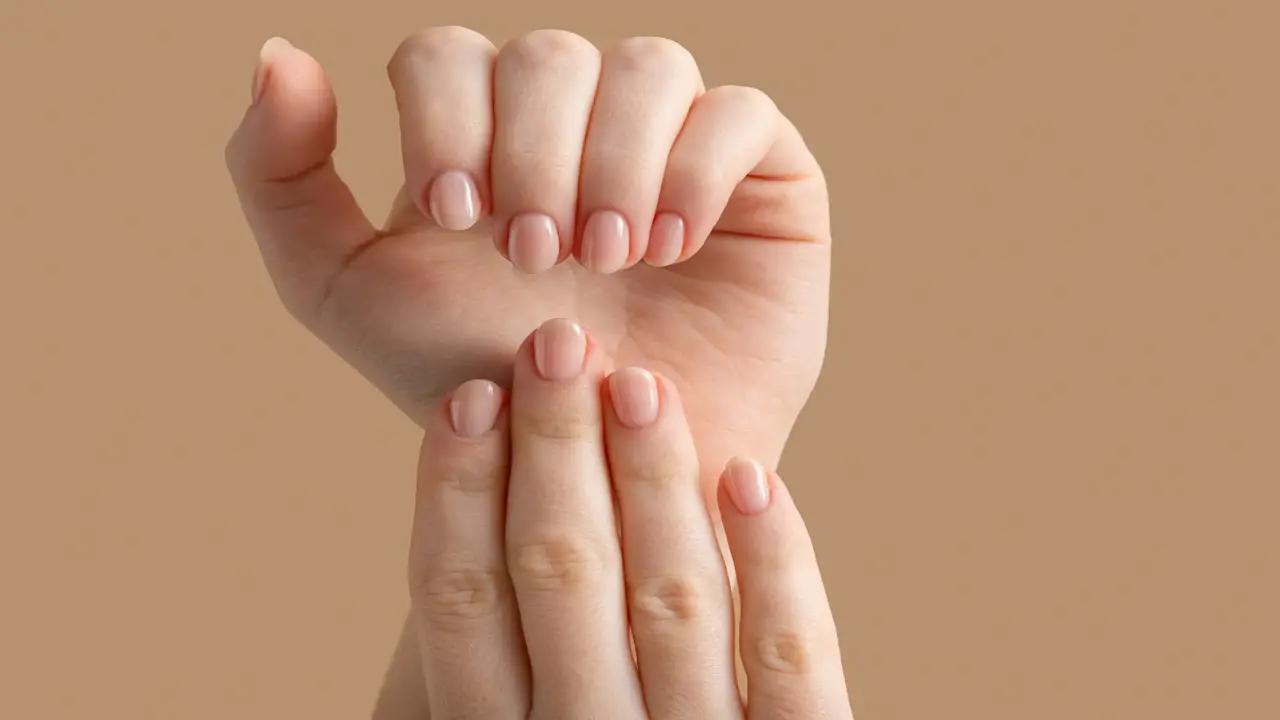
Achieving a smooth and even nail surface is key to a flawless manicure. Buffing your nails before applying polish can help to remove any ridges or unevenness, resulting in a smoother base for your polish. Here are some tips to help you achieve a smooth and even nail surface:
- Start with clean, dry nails. Remove any old polish and thoroughly clean and dry your nails before buffing.
- Use a gentle buffer. Choose a buffer with fine grit to avoid damaging your nails.
- Buff in one direction. Buffing in back-and-forth motions can create more ridges, so buffing in one direction is best.
- Be gentle. Apply light pressure while buffing to avoid thinning or weakening your nails.
- Finish with a top coat. After buffing, apply a clear top coat to seal and protect your nails.
By following these tips, you can achieve a smooth and even nail surface that will provide the perfect canvas for your nail polish application.
Different Types Of Nail Buffers And Their Uses
When prepping your nails for polish, using a nail buffer can significantly affect the final result. Different nail buffers are available, each with its own specific uses. The three main types of nail buffers are file buffers, shine buffers, and ridge fillers. File buffers are used to shape and smooth the surface of the nails, removing any rough edges or imperfections.
Shine buffers are designed to create a glossy finish on the nails, giving them a natural shine without needing polish. Ridge fillers, as the name suggests, are used to fill in ridges on the nails, creating a smoother surface for polish application. You can choose the right one to achieve your desired nail look by understanding the different types of nail buffers and their uses.
Common Mistakes To Avoid When Buffing Nails
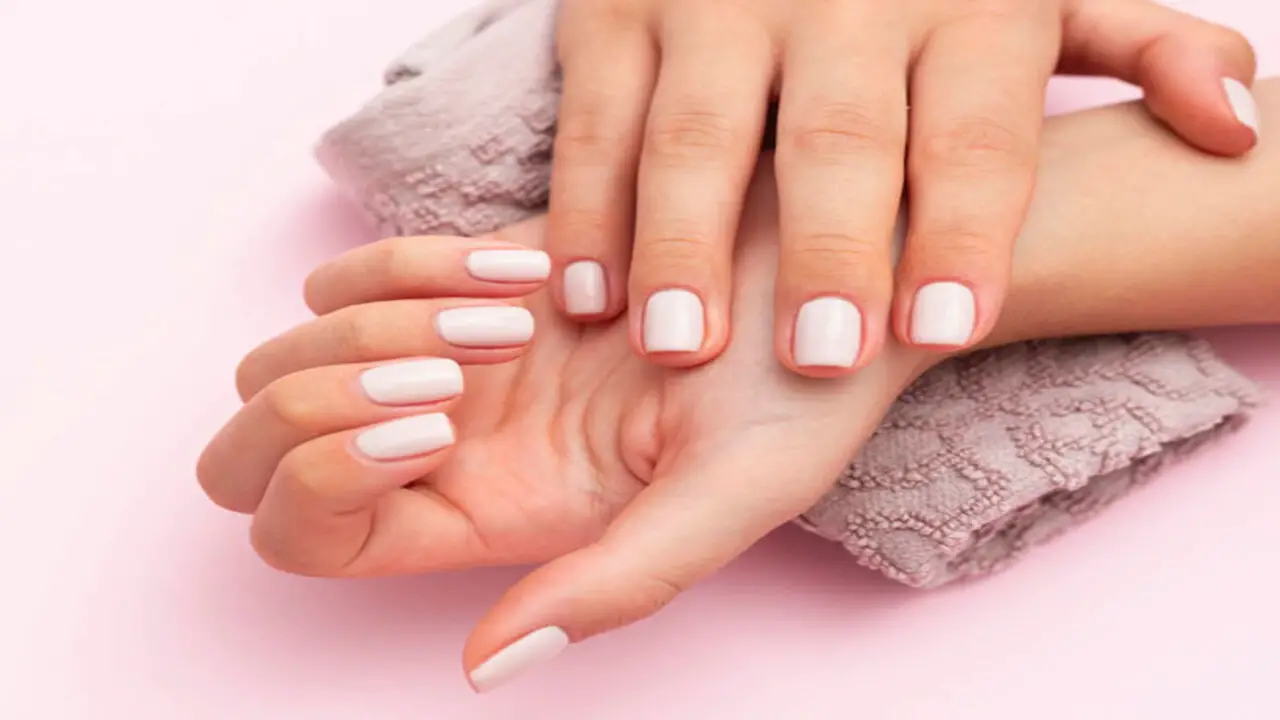
When preparing your nails for polish, buffing can be a helpful step. However, there are some common mistakes that people make when buffing their nails that should be avoided. First, touching and not applying too much pressure when buffing gently is important.
Excessive pressure can weaken and damage the nail bed. Additionally, be careful not to over-buff the nails, as this can thin them out and make them more prone to breakage. Finally, always use a clean and sanitized buffer to prevent the spread of bacteria or infections. By avoiding these common mistakes, you can achieve smooth and healthy nails before applying polish.
Alternatives To Buffing Nails Before Polish
Buffing nails before applying polish is a common practice to create a smooth surface and help the polish adhere better. However, if you prefer not to buff your nails, there are alternative methods you can try. One option is to use a nail primer or base coat specifically designed for smoothing out imperfections and creating a suitable surface for polish application.
Another alternative is to apply a ridge-filling base coat, which can help minimize the appearance of ridges and create a smoother canvas for your polish. Additionally, using high-quality nail polishes with good coverage and opacity can help camouflage any imperfections on the nail surface.
Ultimately, whether or not to buff your nails before polish is a personal preference, and these alternatives can provide viable options for achieving a polished manicure without the need for extensive buffing.
Conclusion
Buffing your nails before applying polish can provide several benefits. It helps to smooth out any ridges or imperfections on the nail surface, allowing for a more even and professional-looking polish application. Additionally, buffing can improve polish adhesion, resulting in longer-lasting manicures.
However, it is important to be cautious when buffing nails, as excessive or aggressive buffing can weaken the nails and lead to damage. It is recommended to use a gentle touch and only buff when necessary. If you prefer to avoid buffing, alternative methods include using a base coat or nail primer to create a smooth surface for polish application. We’ve discussed whether should i buff my nails before polish.
Frequently Asked Questions
1.How Do I Buff My Nails?
Ans: Start with clean and dry nails to achieve a smooth and even nail surface. Use a four-sided nail buffer, starting with the coarsest side (if needed), gently buffing in one direction. Gradually move to finer grits, using a lighter touch. Finish by moisturizing nails and cuticles.
2.How Often Should I Buff My Nails?
Ans: Buffing your nails should be done with caution and not too frequently. It is recommended to buff your nails no more than once a month to avoid weakening or damaging them. Always use a gentle buffer and apply light pressure. Consult a healthcare professional before buffing if your nails are brittle or damaged.
3.How Do I Prepare My Nails For Polishing?
Ans: To prepare your nails for polishing, remove any old nail polish using acetone or non-acetone remover. Next, shape your nails with a nail file and gently buff the surface to remove ridges or bumps. Apply a base coat for protection and better adherence to the polish.
4.Can You Paint Your Nails After Buffing Them?
Ans: Yes, you can apply nail polish after buffing your nails. Buffing helps remove ridges and create a smooth surface for the polish. Remember to clean your nails thoroughly before applying polish, and consider using a base coat to protect your nails.
5.Do You Buff Your Nails Before Or After You Paint Them?
Ans: Buffing your nails before applying polish is recommended. It smooths out ridges and bumps, creating a perfect surface for the polish to adhere to. After painting, buffing is unnecessary unless you want to remove excess polish or create a matte finish. Remember to be gentle to avoid damaging your nails.

